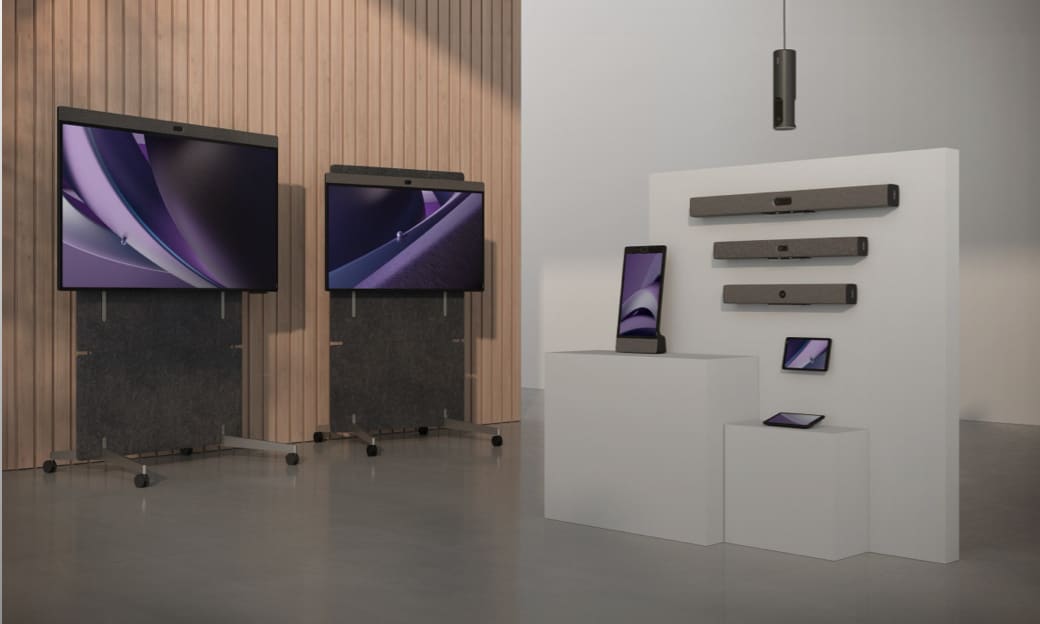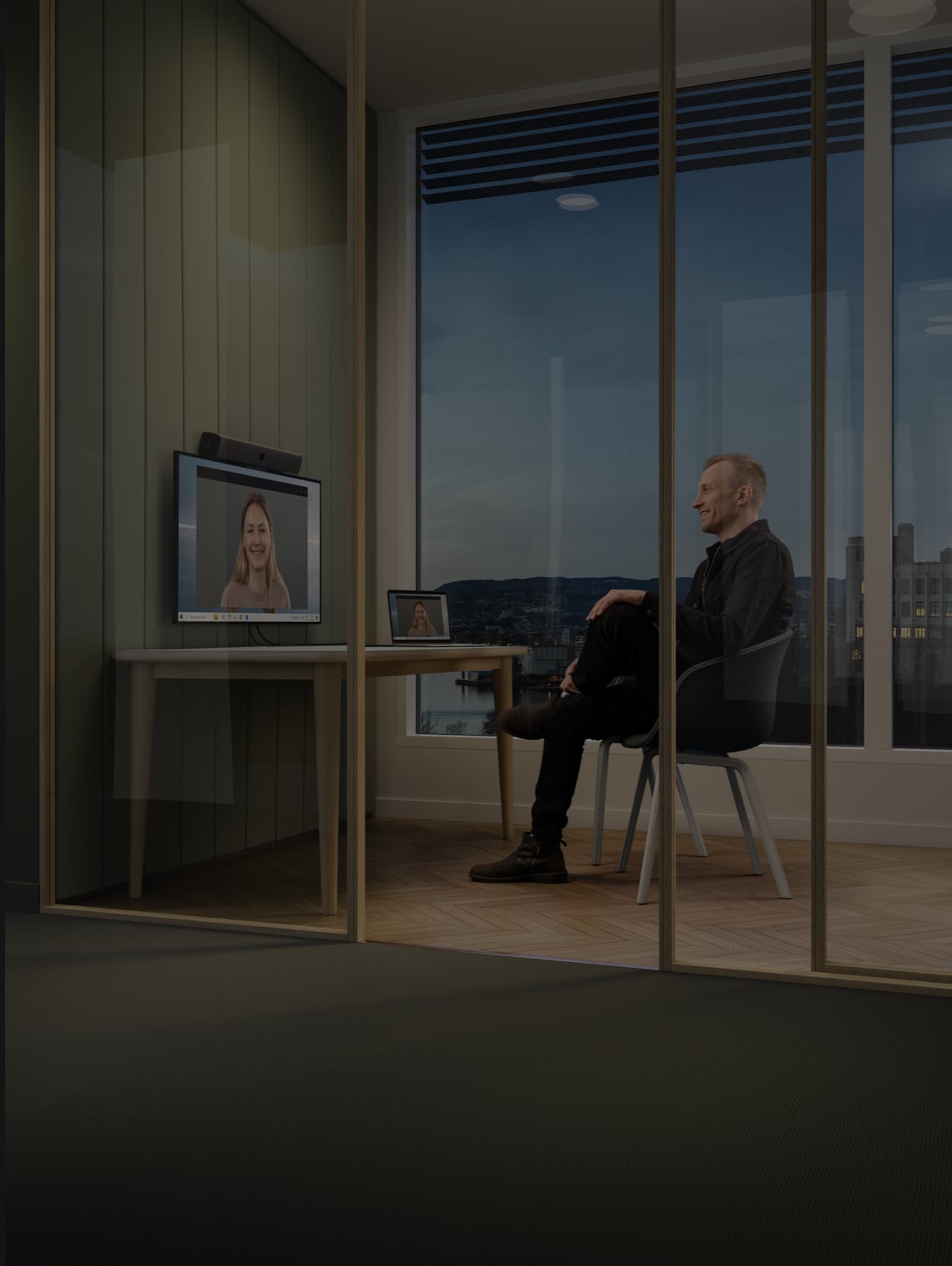11 Ways to Mitigate Technology Distractions in the Workplace
Hayley Spooner, Sep 26, 2022

Digital distractions can wreak havoc on focus and productivity. Here are some practical tips to mitigate technology distraction in the workplace and keep moving forward.
Key Takeaways:
- Remove unnecessary sources of distraction.
- Schedule time for deep focus.
- Implement breaks and try changing up your scenery.
Common Sources of Technology Distractions
Deciding how to overcome digital distraction starts with finding the root causes. Common sources of technology distraction in the workplace include:
Email and Other Communication Apps
The average worker spends three or more hours per day managing emails (many of which are unnecessary), Slack messages and other communications. In a standard workday, this means a little more than half the day is devoted to focused work.
Cell Phones and Social Media
The average person spends about two hours a day checking social media, and it’s not always on their own time. What might start as a quick peek at Facebook or Instagram can lead to mindless scrolling, reading, clicking and sharing that eats up a chunk of the workday.
Workers spend around 42 minutes per day handling personal tasks on their phones while at work and waste as much as two hours of their workday on their phones.
Even having your cell phone in sight is distracting. With a phone in arm’s reach, it can be tempting to check your messages, email or social media and fall through a rabbit hole of unproductiveness.
Background Noise and Interruptions
Whether you’re on a video conference call or working solo on your computer, any interruptions to your flow can pull your focus. This may be background noise, a person walking into the office or even a notification on your phone or computer.
After an interruption, it takes about 23 minutes for the brain to refocus entirely. Multiply this lag by the number of interruptions per day, and it’s easy to see why productivity might be suffering.
Work
Work itself can be distracting. Today’s digital workplace relies on software and apps to complete tasks. But toggling between too many apps can lead to lower productivity and app fatigue. Data shows that the average employee uses 28 different apps to do their work. Many have at least five different apps open at any given time and often switch between 5-10 different apps every hour.
11 Ways to Mitigate Technology Distractions in the Workplace
It’s clear that technology is a major source of distraction, and even the most studious workers get sidetracked. But this can lead to decreased productivity, missed deadlines and other complications for workers and their teams.
Let’s explore 11 ways to reduce technology distraction in the workplace.
1. Change the Way Technology Is Used
Technology should help work, not hinder it. Being intentional about the software, apps and devices you use supports productivity and employee satisfaction. If digital distractions have become a problem, it may be time to rethink the technology you use and how you use it.
Getting rid of redundant apps is a great first step. You may also consider improving the way you use technology. For example, if you’re using popular video conferencing platforms like Zoom or Microsoft Teams, Neat devices can help make every meeting more seamless and stress-free.
Neat Boundary blocks out background noise and visual distractions so that participants can stay focused on their conversations. Users can collaborate on-screen instead of switching between devices, helping everyone save time and frustrations. You can also launch meetings with a single push of a button instead of through your web browser.
2. Remove Sources of Distraction
Try to remove as many sources of distraction as possible. For example, you might update your workplace technology policy to allow phones only during breaks. Help those who work from home recognize the benefits of keeping a distraction-free work environment and offer tips on how to do this.
3. Minimize Unnecessary Emails, Communication and Meetings
Set specific times to check email each day, such as in the morning, right after lunch and before you leave for the day. Only hold meetings if you can’t achieve the desired outcome in an email.
Set expectations for how quickly team members should respond to avoid hanging around your inbox waiting on a response.
4. Schedule Time for Deep Focus
Work and technology are intertwined, making it difficult to break away from all digital distractions. You can alleviate this by scheduling time for focused work—away from cell phones, meetings and other interruptions.
Deep focus allows you to do your best work. When you’re able to give your full attention to a task, you produce better results. This is especially true for complex tasks that require creative thinking.
Notify your team that your time has been blocked out. Turn off your email notifications and hide your phone. With fewer distractions, you can focus on the work that really matters (and nothing else).
5. Implement Short, Frequent Breaks
Studies show that taking breaks from work can actually make us more productive. It gives us time to clear our minds and reset, especially when we’re stuck on an idea or problem.
Try the Pomodoro Method, which follows a predictable cadence where you work for 20 minutes, followed by a 5-10 minute break. Repeat this process a few times, then take a longer break of 15-20 minutes.
Use your break time to be active and distract your brain from work. Then, you can come back to your desk feeling ready to work again.
6. Use Distraction Tools and Apps
While some apps are inherently distracting, others are designed to remove distractions. Tools like Focus.Me, Serene or Forest can make you more productive.
For example, you can block out specific websites to prevent yourself from accessing them at work. Other apps can help you plan your day, assign time limits and time your work so you can stay on track.
7. Try a Change of Scenery
Some environments are better suited for focused, distraction-free work than others. But what’s distracting to one may be the ideal setting for another.
Try different locations to see where you’re most productive. Grab a table at a local coffee shop or coworking space. Move to a home office or try a different space at work. You might even find that switching it up often works best for you.

8. Turn Off Devices or Disable Notifications
One way to mitigate digital distractions from your devices is to turn them off altogether. If that isn’t an option, disable or silence your notifications.
This way, you won’t be tempted to respond to every text, call or notification. You won’t even know they’re there until you take a break and see what you missed.
9. Set Goals to Develop a Better Work Ethic
Checking your phone or social media once makes it easier to get comfortable with wasting time, allowing it to become a normal part of your routine.
Overcome this by choosing how much you want to accomplish each day. Knowing your workload in advance leaves you less time to spend on technology distractions. This can take some practice, as you might not always know how long some tasks will take. But the more you set goals and try to stick to them, the easier this process will become.
10. Anticipate Distractions
Instead of fighting distractions at work, try to plan for them so they have less of an impact on your productivity.
For example, you can plan certain times to look at social media, return missed calls or check your personal email.
Try not to overwhelm your schedule. Allow some wiggle room for distractions to avoid rushing and stressing when they do happen.
11. Do a Time Audit
You can find out how much time digital distractions cost you by conducting a time audit.
A time audit is an in-depth review of how you use your time in a given period. Learning this will help you see where your productivity may be lacking. You can decide what things to cut out, what to spend less time on and what might require more of your time.
Keep a list of all of the tasks you do in a single workday. Document what the task is and how long it takes you and make note of any downtime or breaks. The goal is to get a clear picture of everything you do at work and find ways to optimize your time.
If your work varies from day to day, you can do daily time audits for a week or two to find patterns and see where your time goes.
Improve Workplace Distractions and Productivity by Being Intentional
If you’re distracted by technology at work, the best thing you can do is be mindful and intentional about technology usage. Neat devices support a distraction-free environment during video conferences by blocking out background noise and visuals so that you’re always ready to start or join a meeting. Explore Neat devices today.

Sources:
The Science Of Taking Breaks At Work To Help Boost Your Productivity. Anangsha Alammyan.
The Pomodoro Technique. Todoist.
The Importance Of Taking Breaks. The Wellbeing Thesis.
Conquer All Your Distractions Now. FocusMe.




